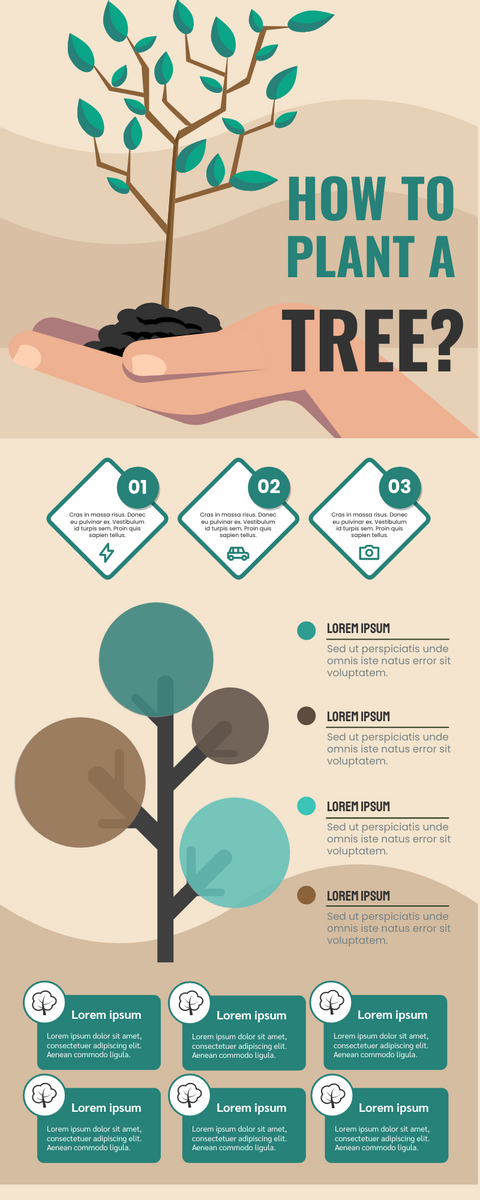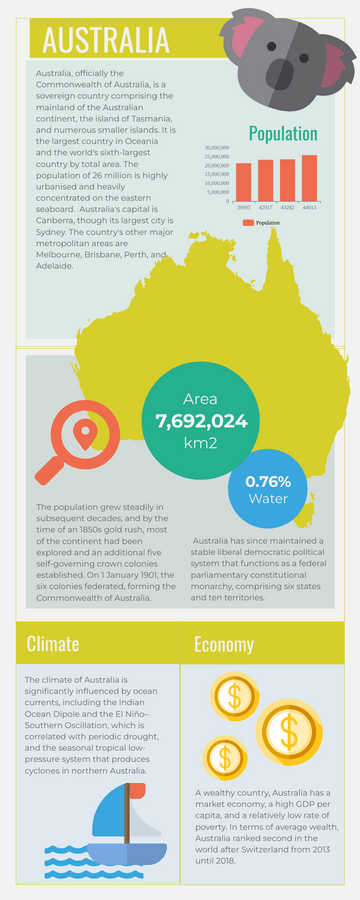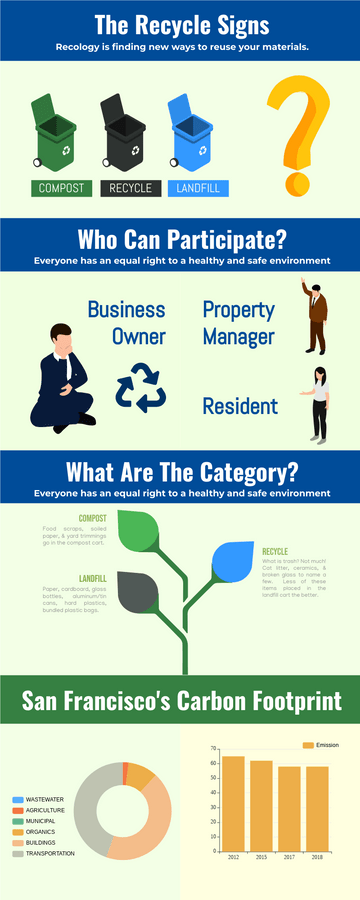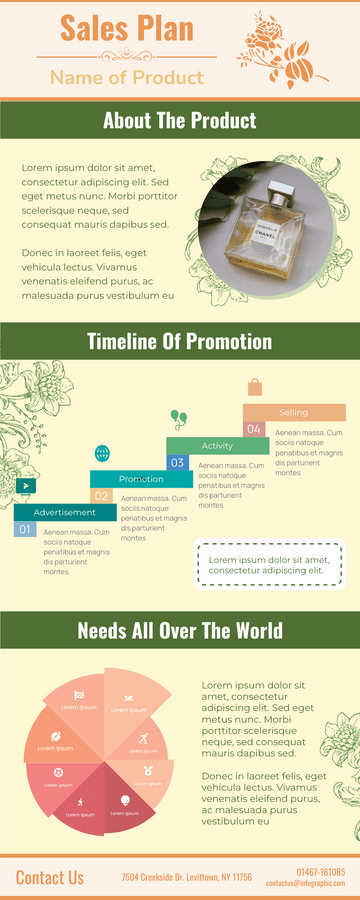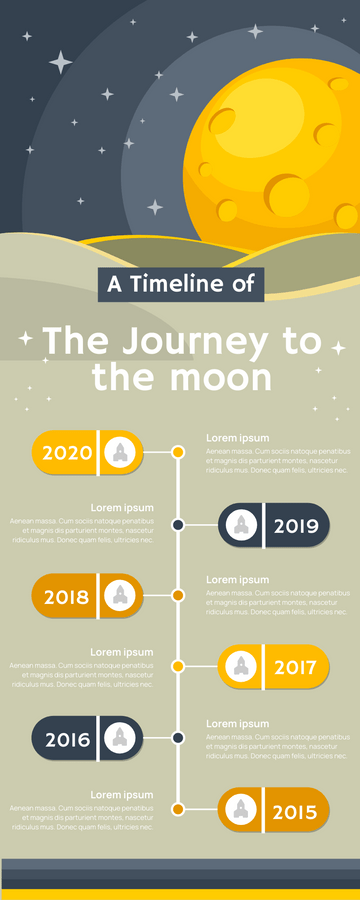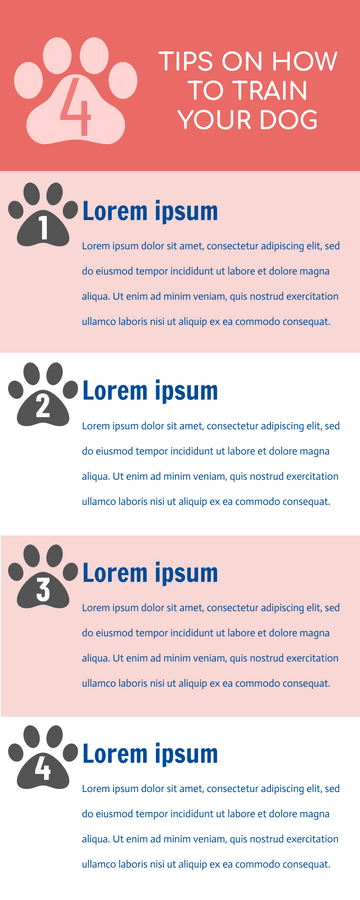How To Plant A Tree Infographic
Trees release the oxygen we need to breathe. Trees reduce the amount of storm runoff, thereby reducing erosion and pollution of our water channels and possibly reducing the impact of flooding. Many wild animals live on trees. Trees provide food, protection and homes for many birds and mammals.
Top Ten Benefits of Trees:
Fight climate change
Clean Air
Provide oxygen
Cool streets and cities
Save Energy
Save Water
Help to prevent water pollution
Help to prevent soil erosion
Protect children from ultraviolet rays
Provide food
Here are the Ten Simple Steps to Plant a Tree:
Dig a hole three times the width and depth of the jar. Loosen up the earth around the hole with a fork.
Soak the root ball thoroughly in water before planting -- it's good to put it in a bucket.
Loosen the root ball to encourage root growth in the soil.
Place the root ball in the hole so that the contact point between the root and the trunk is level with the surface of the soil.
A piece of wood can be used to check the level.
Refill the hole to make sure there are no cavitation around the root. Ramp down the earth around the tree to make sure the trunk stays upright.
If you have wildlife visitors in your garden who want to nibble on bark, use tree protectors or spirals.
Water Wells. Add a 5-8 cm (2-3 in) layer of mulch, but leave a 10 cm (4 in) unmulched ring around the base of the stem.
Top-heavy trees may need to be staked. Insert the stake firmly at a 45 degree Angle - use a hammer to make sure it is secure.
Now tie a tie to your tree to support it in windy weather.
